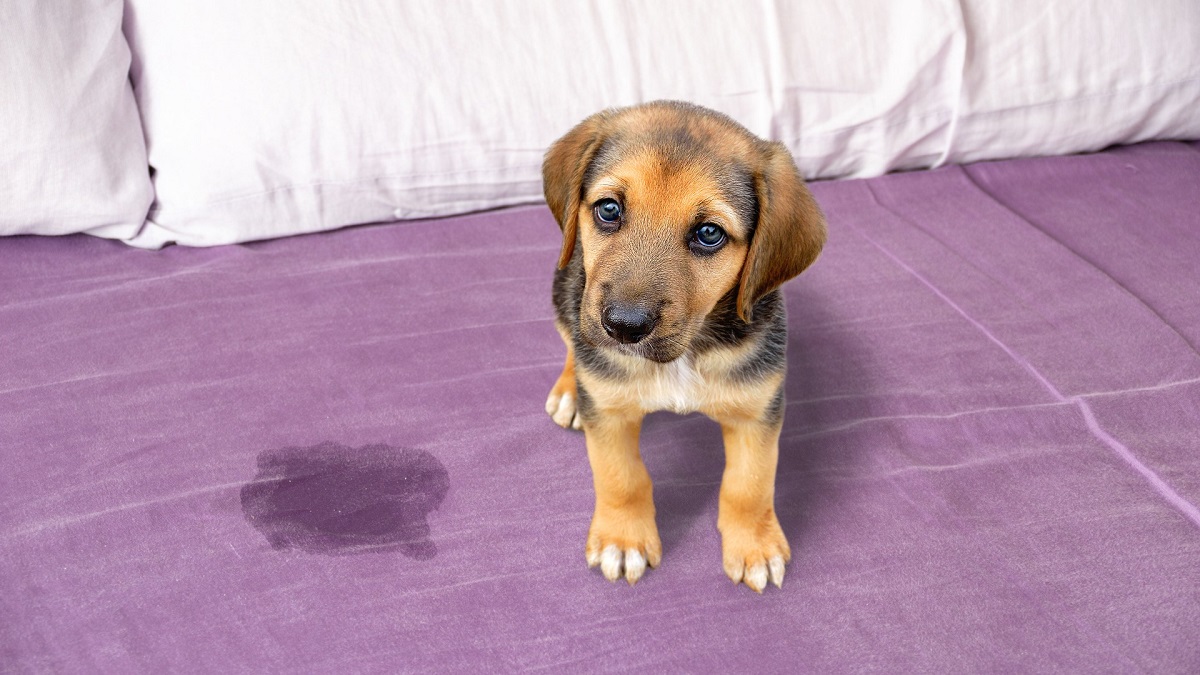

Articles
How To Stop Dogs From Peeing On Furniture
Modified: January 27, 2024
Discover effective solutions to prevent dogs from urinating on your furniture. Protect your beloved furniture from stains and odors with proven techniques and training methods.
(Many of the links in this article redirect to a specific reviewed product. Your purchase of these products through affiliate links helps to generate commission for Storables.com, at no extra cost. Learn more)
Introduction
Bringing a dog into your home can bring immense joy and companionship. However, one common issue that many dog owners face is their furry friends peeing on furniture. This behavior can be frustrating and challenging to deal with, but with the right strategies and understanding, it can be effectively managed and eliminated.
Dogs may pee on furniture for various reasons, and it’s essential to comprehend the underlying causes before implementing preventive measures. Additionally, it’s crucial to approach the situation with patience, consistency, and positive reinforcement to ensure your dog understands the appropriate behavior expected from them.
Understanding the underlying causes of this behavior is essential in finding a solution. Some common reasons why dogs may pee on furniture include:
1. Marking territory: Dogs have a natural instinct to mark their territory, which includes objects within their environment like furniture. Marking can be more common in male dogs and in households with multiple pets.
2. Stress or anxiety: Dogs may urinate on furniture when they are feeling stressed or anxious. Changes in routine, new environments, or separation anxiety can trigger this behavior.
3. Lack of potty training: Young puppies or dogs that haven’t been properly potty trained may not understand where they should relieve themselves, leading them to use furniture as a substitute.
4. Medical issues: In some cases, urinary tract infections, bladder issues, or other medical problems can cause dogs to urinate inappropriately. If you suspect a medical issue, it’s important to consult with a veterinarian.
Now that we have a better understanding of why dogs may pee on furniture, let’s explore some effective strategies to prevent this behavior. By implementing these techniques, you can establish a positive potty routine, guide your dog toward appropriate elimination behavior, and ultimately, keep your furniture urine-free.
Key Takeaways:
- Understanding the underlying causes of dogs peeing on furniture, such as marking territory and stress, is crucial for effective prevention and correction. Consistent potty training, suitable potty options, and positive reinforcement are key strategies to address this behavior.
- Seeking professional help from a veterinarian, dog trainer, or behaviorist can provide tailored solutions and ongoing support to address the specific needs of your dog. With patience, consistency, and the right approach, you can successfully prevent dogs from peeing on furniture and create a clean and comfortable living environment.
Read more: How To Stop Dogs From Peeing On A Patio
Why Dogs Pee on Furniture
The behavior of dogs peeing on furniture can be frustrating for pet owners, but it’s important to remember that there are usually underlying reasons behind this behavior. Dogs are not trying to be disobedient or spiteful; rather, they may have specific motivations or needs that lead them to urinate on furniture.
One common reason why dogs pee on furniture is to mark their territory. Dogs have a strong instinct to establish their presence and mark areas with their scent. By urinating on furniture, they leave their unique scent behind, indicating that the furniture belongs to them. This behavior is more common in male dogs, but females may also engage in marking behaviors.
Stress and anxiety can also contribute to dogs urinating on furniture. Stressful situations, like being left alone for extended periods, changes in the household, or new environments, can trigger anxiety in dogs. In an attempt to cope with their emotions, dogs may resort to urinating on furniture as a way to comfort themselves or communicate their distress.
Another reason for this behavior is a lack of proper potty training. Puppies or dogs who have not been adequately trained to eliminate in designated areas may not understand that furniture is off-limits. In their confusion, they may see it as just another acceptable place to relieve themselves.
Health issues can also lead to inappropriate urination on furniture. Dogs with urinary tract infections, bladder problems, or other medical conditions may experience urgency to urinate or difficulty controlling their bladder. This can result in accidents on furniture, even if they were previously potty trained.
It’s important to note that certain breeds or individual dogs may be more prone to these behaviors. Some breeds, like the Dachshund or Bichon Frise, may have a higher likelihood of marking or urinating on furniture. Additionally, dogs who have not been properly socialized or who have experienced traumatic events in the past may be more prone to anxiety-related urination.
Understanding the reasons behind this behavior is crucial for addressing the issue effectively. By identifying the underlying cause, whether it’s marking, anxiety, potty training issues, or medical conditions, you can implement appropriate strategies to prevent dogs from peeing on furniture. Consistency, patience, and positive reinforcement will be key in helping your furry friend break this habit and maintain a clean and urine-free environment.
Understanding the Underlying Causes
To effectively address the issue of dogs peeing on furniture, it’s important to delve deeper into the underlying causes behind this behavior. By understanding the motivations and triggers, you can develop a targeted approach to prevent it from happening in the first place.
One of the primary reasons why dogs pee on furniture is marking their territory. Marking behavior is a natural instinct in dogs, especially for males. By urinating on furniture, dogs are establishing their presence and claiming ownership over that particular area. This behavior is more common in households with multiple pets or in situations where there are new or unfamiliar objects in the environment.
Stress and anxiety can also contribute to dogs urinating on furniture. Dogs are emotional beings, and they may resort to urinating as a way to cope with stressful situations. Changes in routine, the introduction of new family members, separation anxiety, or even fear-inducing stimuli can trigger this behavior. It’s crucial to address the underlying anxiety or stress and provide a safe and comforting environment for your dog.
In some cases, the problem may be related to inadequate potty training. Puppies or dogs who haven’t been properly trained to eliminate in designated areas may not understand where it is appropriate to relieve themselves. Without clear guidance and consistency in potty training, they may resort to furniture as an alternative.
Medical issues can also play a role in dogs peeing on furniture. Urinary tract infections, bladder problems, or other health conditions can cause dogs to experience discomfort or urgency when it comes to urination. If your dog is exhibiting frequent accidents or unusual urinary habits, it’s essential to rule out any potential underlying medical issues by consulting with a veterinarian.
Understanding your dog’s specific triggers and motivations is crucial in addressing the behavior effectively. Take note of any patterns or common situations when your dog tends to urinate on furniture. This information will help you develop a targeted approach to prevent the behavior from occurring.
Remember, it’s important to approach the issue with patience, consistency, and positive reinforcement. Punishment or harsh discipline will only make the problem worse and can damage the bond between you and your furry friend. Instead, focus on providing clear boundaries, rewarding appropriate behavior, and addressing any underlying emotional or physical needs your dog may have.
By understanding the underlying causes of dogs peeing on furniture, you can implement appropriate strategies to prevent and correct this behavior. With time, patience, and a proactive approach, you can create a harmonious living environment where your dog understands the appropriate places to relieve themselves and your furniture remains urine-free.
How to Prevent Dogs from Peeing on Furniture
Dealing with dogs peeing on furniture can be frustrating, but with the right strategies and consistency, you can effectively prevent this behavior. Here are some practical and effective ways to discourage your furry friend from urinating on your valuable furniture:
1. Establish a Consistent Potty Training Routine: Consistency is key when it comes to potty training. Establish a regular schedule for taking your dog outside to their designated potty area. Take them out first thing in the morning, after meals, and before bed. Reward them with treats and praise when they eliminate in the correct spot.
2. Provide Suitable Potty Options: Ensure your dog has access to appropriate potty options both indoors and outdoors. This includes providing a designated area for them to relieve themselves in the yard and using pee pads or a litter box for indoor use. Train them to associate these spots with elimination by praising and rewarding them when they use them correctly.
3. Behavioral Training and Positive Reinforcement: Use positive reinforcement techniques to train your dog to understand where they should eliminate. Whenever your dog goes to the designated potty area, reward them with treats and praise. Conversely, if they show signs of wanting to urinate on furniture, redirect their attention to the appropriate spot and reward them when they use it.
4. Using Deterrents and Repellents: There are commercial deterrents and repellents available that can discourage dogs from urinating on furniture. These products typically have a scent or taste that dogs find unpleasant, deterring them from using the treated surfaces. Apply these products to the furniture you want to protect and reapply as needed.
5. Monitor Your Dog’s Behavior: Keep a close eye on your dog, especially during times when they are more likely to urinate on furniture, such as when they are anxious or marking territory. Interrupt any attempts at inappropriate urination by redirecting them to the designated potty area and rewarding them when they use it correctly.
6. Seek Professional Help: If you’ve tried various strategies and have not seen improvement, it may be beneficial to seek the assistance of a professional dog trainer or behaviorist. They can assess your dog’s specific situation and provide tailored guidance and training techniques to address the behavior effectively.
Remember, consistency and positive reinforcement are key throughout the prevention process. Avoid punishment or getting frustrated with your dog, as this can create fear and anxiety. Instead, focus on providing clear guidance, establishing routines, and rewarding desired behaviors.
With time, patience, and the right approach, you can successfully prevent dogs from peeing on furniture and maintain a clean and urine-free home for both you and your beloved canine companion.
Consistent Potty Training Routine
Establishing a consistent potty training routine is an essential step in preventing dogs from peeing on furniture. By creating a structured schedule and providing clear guidance to your furry friend, you can teach them where and when it is appropriate to relieve themselves. Here are some key steps to follow when implementing a consistent potty training routine:
1. Establish a Designated Potty Area: Choose a specific spot in your yard or indoors where you want your dog to eliminate. This could be a patch of grass, a pee pad, or a litter box. Introduce your dog to this area and use consistent verbal cues or commands such as “go potty” to associate the location with the desired behavior.
2. Set a Regular Schedule: Dogs thrive on routine. Establish a predictable schedule for potty breaks, ensuring that you take your dog to the designated potty area at consistent intervals throughout the day. The frequency will depend on your dog’s age, size, and individual needs. Young puppies may need to go out every hour or two, while adult dogs can typically hold it for longer periods.
3. Take Your Dog Out Frequently: During the initial stages of potty training, it’s important to take your dog outside frequently to increase the chances of successful elimination in the designated area. This includes first thing in the morning, after meals, after naps, before bedtime, and any time you notice signs that your dog needs to go, such as sniffing or circling.
4. Use Positive Reinforcement: When your dog eliminates in the designated potty area, immediately praise and reward them with treats, verbal praise, or pets. Positive reinforcement helps them understand that they are doing the right thing. This positive association motivates them to repeat the desired behavior in the future.
5. Supervise and Restrict Access: Until your dog is reliably potty trained, it’s crucial to supervise them closely when they are indoors and restrict access to areas where furniture is present. Use baby gates or close doors to keep them confined to a smaller space, reducing the temptation to urinate on furniture. When you cannot supervise them, crate or confine them to a designated area with appropriate potty options.
6. Be Patient and Consistent: Potty training takes time and patience. Accidents may happen, especially during the initial stages. Avoid scolding or punishing your dog, as this can create fear and hinder the training process. Instead, focus on rewarding and reinforcing positive behaviors. Stay consistent with the schedule, cues, and rewards to help your dog understand the expected behavior.
Remember, each dog is unique, and the timeframe for potty training may vary. Some dogs may catch on quickly, while others may require more time and repetition. Be patient, persistent, and consistent, and eventually, your dog will understand where they should eliminate and avoid peeing on furniture.
One tip to stop dogs from peeing on furniture is to use a pet deterrent spray with a scent that dogs find unpleasant, such as citrus or bitter apple. Spray the deterrent on the furniture to discourage them from urinating there.
Read more: How To Stop Dogs From Peeing On Rugs
Providing Suitable Potty Options
In order to prevent dogs from peeing on furniture, it’s important to provide them with suitable and convenient potty options. By offering appropriate alternatives, you can redirect their natural instincts to the right places for elimination. Here are some key considerations for providing suitable potty options for your furry friend:
1. Outdoor Designated Potty Area: Set up a designated potty area in your yard where your dog can relieve themselves. Choose an easily accessible spot with suitable ground cover, such as grass or gravel. Introduce your dog to this area and use consistent verbal cues or commands, such as “go potty,” to associate the location with the desired behavior.
2. Indoor Potty Options: There may be instances when your dog cannot go outside, such as during inclement weather or if you live in an apartment without convenient access to a yard. In such cases, consider providing indoor potty options. Pee pads, artificial grass pads, or litter boxes designed specifically for dogs can be used as alternatives for outdoor elimination.
3. Choose the Right Size: Ensure that the potty options you provide are appropriate for your dog’s size. A small breed dog may only need a small pee pad or litter box, while larger breeds may require larger options. Giving your dog enough space to comfortably relieve themselves will help encourage them to use the designated areas.
4. Maintain Cleanliness: Regularly clean and maintain the potty options you provide for your dog. Remove any waste promptly and use appropriate cleaning products to eliminate any odors. Dogs have a strong sense of smell and may be discouraged from using a dirty or soiled area. Regular cleaning also helps to maintain a hygienic environment for both you and your dog.
5. Gradual Transition: If you are transitioning your dog from outdoor to indoor potty options or vice versa, it’s important to do so gradually. Start by placing a pee pad or artificial grass pad near the existing outdoor potty area to encourage your dog to associate the two spots. Slowly move the indoor potty option closer to the desired location indoors until your dog is comfortable using it.
6. Consistency and Reinforcement: Use positive reinforcement techniques to encourage your dog to use the designated potty options. Praise and reward them with treats or verbal praise when they use the correct spot. Consistency in your commands, verbal cues, and rewards will help your dog understand the desired behavior and reinforce the habit of using the appropriate potty options.
Remember, while providing suitable potty options is essential, it’s equally important to establish a consistent potty training routine and supervise your dog closely during the initial stages. With patience, consistency, and positive reinforcement, you can guide your furry friend towards appropriate elimination behavior and prevent them from peeing on furniture.
Behavioral Training and Positive Reinforcement
Behavioral training and positive reinforcement are powerful tools in preventing dogs from peeing on furniture. By guiding their behavior and rewarding desired actions, you can effectively train your furry friend to understand where they should eliminate. Here are some effective strategies for incorporating behavioral training and positive reinforcement into your potty training routine:
1. Clear Communication: Teach your dog a verbal cue or command for potty time, such as “go potty” or “toilet.” Consistently use this command every time you take them to the designated potty area. This helps create a clear association between the command and the desired behavior.
2. Monitor and Observe: Pay close attention to your dog’s behavior and body language. Watch for signs such as sniffing, circling, or pacing, which may indicate that they need to eliminate. When you observe these signs, immediately redirect them to the designated potty area.
3. Timing is Key: Timing is crucial when it comes to positive reinforcement. As soon as your dog begins to eliminate in the appropriate spot, praise them enthusiastically. Use a happy and upbeat tone of voice and offer treats or a favorite toy as a reward. This positive reinforcement strengthens the connection between the desired behavior and the reward.
4. Consistency and Repetition: Consistency is vital in behavioral training. Establish a set routine for potty breaks and stick to it. Take your dog to the designated potty area at regular intervals throughout the day. The more your dog practices eliminating in the correct spot, the more likely they are to repeat the behavior consistently.
5. No Punishment: It’s important to avoid punishment or scolding when your dog has accidents or makes mistakes. Punishment can create fear and anxiety, which may worsen the problem. Instead, focus on rewarding and reinforcing the desired behavior. Reacting calmly will help your dog associate potty training with positive experiences.
6. Be Patient and Persistent: Potty training takes time and consistency. It’s important to be patient with your dog and understand that accidents may happen, especially during the initial stages. Keep guiding and reinforcing the desired behavior with positive reinforcement, and remember that each dog learns at their own pace.
7. Adjust Rewards as Training Progresses: As your dog becomes more proficient in potty training, gradually decrease the frequency of treat rewards. Transition to verbal praise, petting, or a simple “good dog” to acknowledge their successful elimination. This helps reinforce the behavior without solely relying on treats for motivation.
Remember, positive reinforcement encourages your dog to repeat the desired behavior willingly. By consistently rewarding them for using the correct potty area and redirecting them when they show signs of wanting to eliminate inappropriately, you can effectively prevent them from peeing on furniture. With a combination of behavioral training, positive reinforcement, and patience, you can successfully train your dog to understand where they should relieve themselves, creating a clean and comfortable living environment for both you and your furry friend.
Using Deterrents and Repellents
When dealing with dogs peeing on furniture, using deterrents and repellents can be an effective strategy to discourage this behavior. These products are designed to create an unpleasant or undesirable experience for your dog, making them less likely to urinate on furniture. Here are some approaches for using deterrents and repellents in your efforts to prevent dogs from peeing on furniture:
1. Commercial Deterrents: There are various commercial sprays and products available specifically designed to deter dogs from urinating on furniture. These products often have a scent or taste that dogs find unpleasant. Read the instructions carefully and apply the deterrent spray to the areas of furniture where your dog has shown a tendency to urinate. Reapply the product as directed, especially after cleaning the furniture.
2. Homemade Repellents: If you prefer a more natural approach, you can create your own deterrent spray or repellent using household ingredients. Common homemade options include vinegar, lemon juice, or a mixture of water and cayenne pepper. Spray the concoction on the furniture surfaces that you want to protect to discourage your dog from urinating there.
3. Test a Small Area: Before applying any commercial or homemade repellent to your furniture, it’s important to test it on a small, inconspicuous area first. This is to ensure that the product does not damage or stain the furniture. Some materials may react differently to certain deterrents, so it’s better to be cautious and test it beforehand.
4. Consistent Application: For deterrents and repellents to be effective, they need to be applied consistently and reapplied as needed. Follow the instructions provided with the commercial product or spray homemade repellents daily or as directed. Keep in mind that these products may need to be reapplied after furniture has been cleaned or if the scent diminishes over time.
5. Alternative Attractive Options: It’s important to provide alternative attractive options for your dog to urinate on. For example, consider placing a dog-specific pee pad or artificial grass patch near the furniture you want to protect. Encourage your dog to use these alternatives instead of the furniture by using positive reinforcement and rewards when they make the correct choice.
6. Utilize Scent Deterrents: Dogs have a strong sense of smell, and certain scents are known to be unpleasant to them. One common approach is using citrus-scented sprays or wipes on the furniture. The smell of citrus can deter dogs from urinating in that area. Additionally, you can try placing citrus peels or cotton balls with a few drops of essential oil near the furniture to create a repellent scent.
Remember, while deterrence and repellents can be helpful, they should be used in conjunction with consistent potty training, positive reinforcement, and supervision. It’s important to address the underlying causes of the behavior and provide appropriate potty options to redirect your dog’s natural instincts. As always, consult with a veterinarian or professional dog trainer if you’re unsure about which products or strategies to use for your specific situation.
Using deterrents and repellents can be an effective tool in preventing dogs from peeing on furniture, ultimately preserving the condition of your prized pieces and keeping your living space clean and odor-free.
Seeking Professional Help
If you have tried various strategies to prevent your dog from peeing on furniture without success, it may be time to seek professional help. Consulting with a veterinarian, dog trainer, or behaviorist who specializes in canine behavior can provide valuable insights, guidance, and tailored solutions to address the issue. Here are some reasons why seeking professional help can be beneficial:
1. Expert Assessment: A professional can conduct a thorough assessment of your dog’s behavior and the underlying causes of their urine marking or inappropriate elimination. They can identify any medical conditions, behavioral issues, or environmental factors that may be contributing to the problem. By understanding the root cause, they can offer targeted strategies to address it.
2. Tailored Training Plans: Professionals can develop customized training plans suited to your dog’s specific needs and circumstances. They can provide step-by-step instructions and demonstrate techniques that are effective in preventing your dog from peeing on furniture. These training plans may include behavior modification, desensitization exercises, or additional potty training techniques tailored to your dog’s personality and behavior.
3. Behavior Modification: Professionals can help identify and address any underlying anxiety, stress, or fear-related issues in your dog that may be contributing to the unwanted behavior. They can assist in implementing behavior modification techniques to alleviate these issues and reduce the likelihood of urine marking or inappropriate elimination.
4. Medication Consideration: In some cases, medication may be recommended as part of a comprehensive treatment plan. If your dog’s inappropriate urination is believed to be primarily driven by anxiety, stress, or medical conditions, a professional can evaluate whether medication is necessary to aid in behavior modification and reduce unwanted behaviors.
5. Ongoing Support: Seeking professional help allows you to access ongoing support throughout the training process. They can provide guidance, answer questions, and monitor progress to ensure that the strategies implemented are effective. Ongoing support is particularly beneficial if you encounter any challenges or if the behavior persists despite training efforts.
6. Preventing Future Issues: Professionals can educate you on how to establish a strong foundation of obedience training and good behavior to prevent future issues from arising. They can provide insights on proper socialization, routine management, and environmental enrichment to promote a well-adjusted and well-behaved dog.
Remember, it’s important to choose a reputable professional with experience in canine behavior and positive reinforcement training methods. Seek recommendations from your veterinarian or trusted dog owners, and ask for credentials and references when selecting a professional.
Addressing the issue of dogs peeing on furniture can be complex, and seeking professional help can ensure that you have the expertise and knowledge to effectively solve the problem. With their guidance, you can create a harmonious living environment where your dog understands appropriate elimination behavior and your furniture remains urine-free.
Read more: How To Stop A Dog From Peeing On The Floor
Conclusion
Dealing with dogs peeing on furniture can be a frustrating and challenging issue for any pet owner. However, with the right strategies, consistency, and patience, it is possible to prevent and correct this behavior. By understanding the underlying causes, implementing a consistent potty training routine, providing suitable potty options, using behavioral training and positive reinforcement, and considering deterrents and repellents, you can effectively train your dog to eliminate in appropriate areas.
It’s important to remember that prevention and training take time and effort. Consistency and positive reinforcement are key in helping your dog understand where they should relieve themselves and reinforcing the desired behavior. Punishment or harsh discipline should be avoided, as they can create fear and anxiety, which may worsen the problem.
If you find that your efforts are not yielding the desired results, seeking professional help from a veterinarian, dog trainer, or behaviorist can provide valuable expertise and tailored solutions to address the specific needs of your dog. They can assess the underlying causes, develop customized training plans, and offer ongoing support to help you and your dog overcome this behavior.
Remember, every dog is unique, and what works for one may not work for another. It’s essential to be patient and adapt your training methods to suit your dog’s individual needs. With time, consistency, and the right approach, you can successfully prevent dogs from peeing on furniture and create a clean and comfortable living environment for both you and your beloved canine companion.
By implementing these strategies and seeking professional guidance when needed, you can establish a strong bond with your dog and create a harmonious home where furniture remains urine-free. Together, you can enjoy a clean and comfortable space while building a long-lasting relationship based on trust and positive reinforcement.
Frequently Asked Questions about How To Stop Dogs From Peeing On Furniture
Was this page helpful?
At Storables.com, we guarantee accurate and reliable information. Our content, validated by Expert Board Contributors, is crafted following stringent Editorial Policies. We're committed to providing you with well-researched, expert-backed insights for all your informational needs.

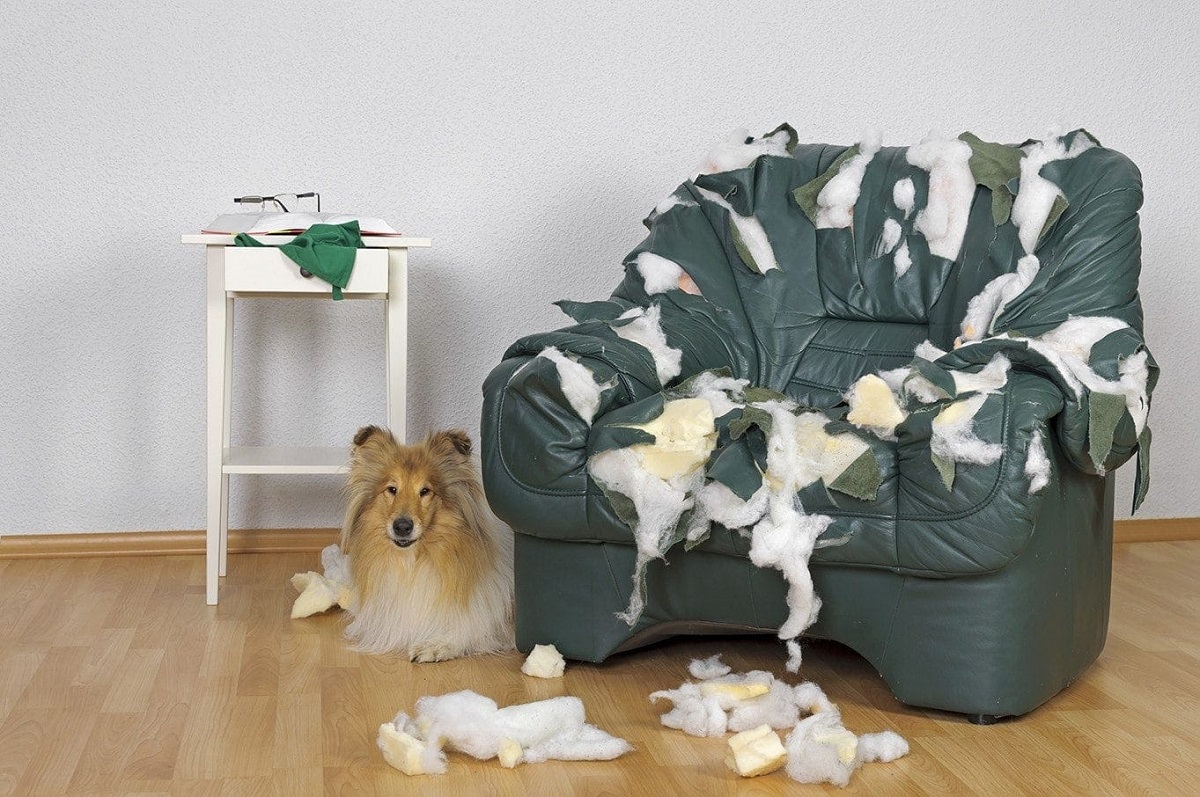
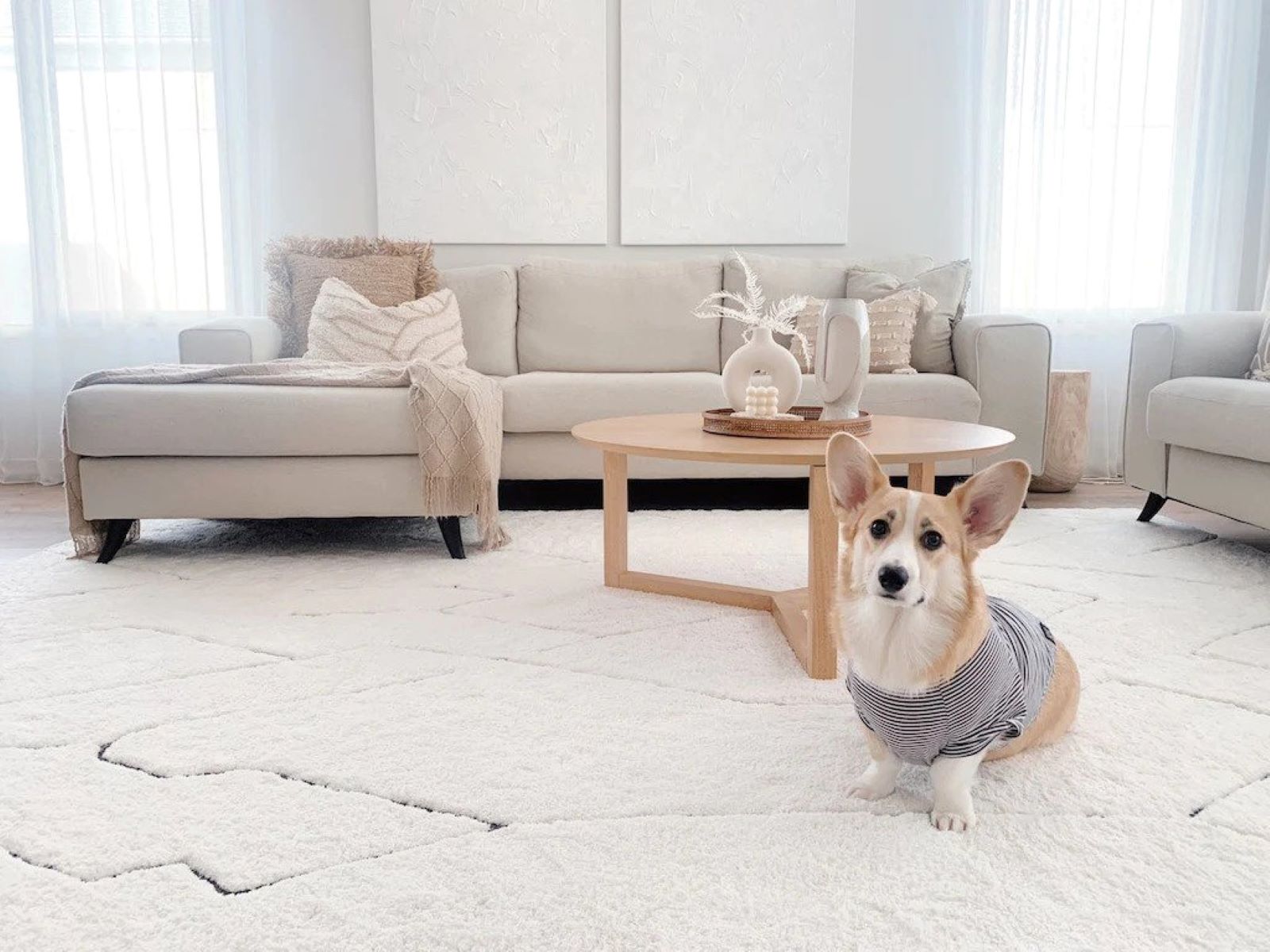
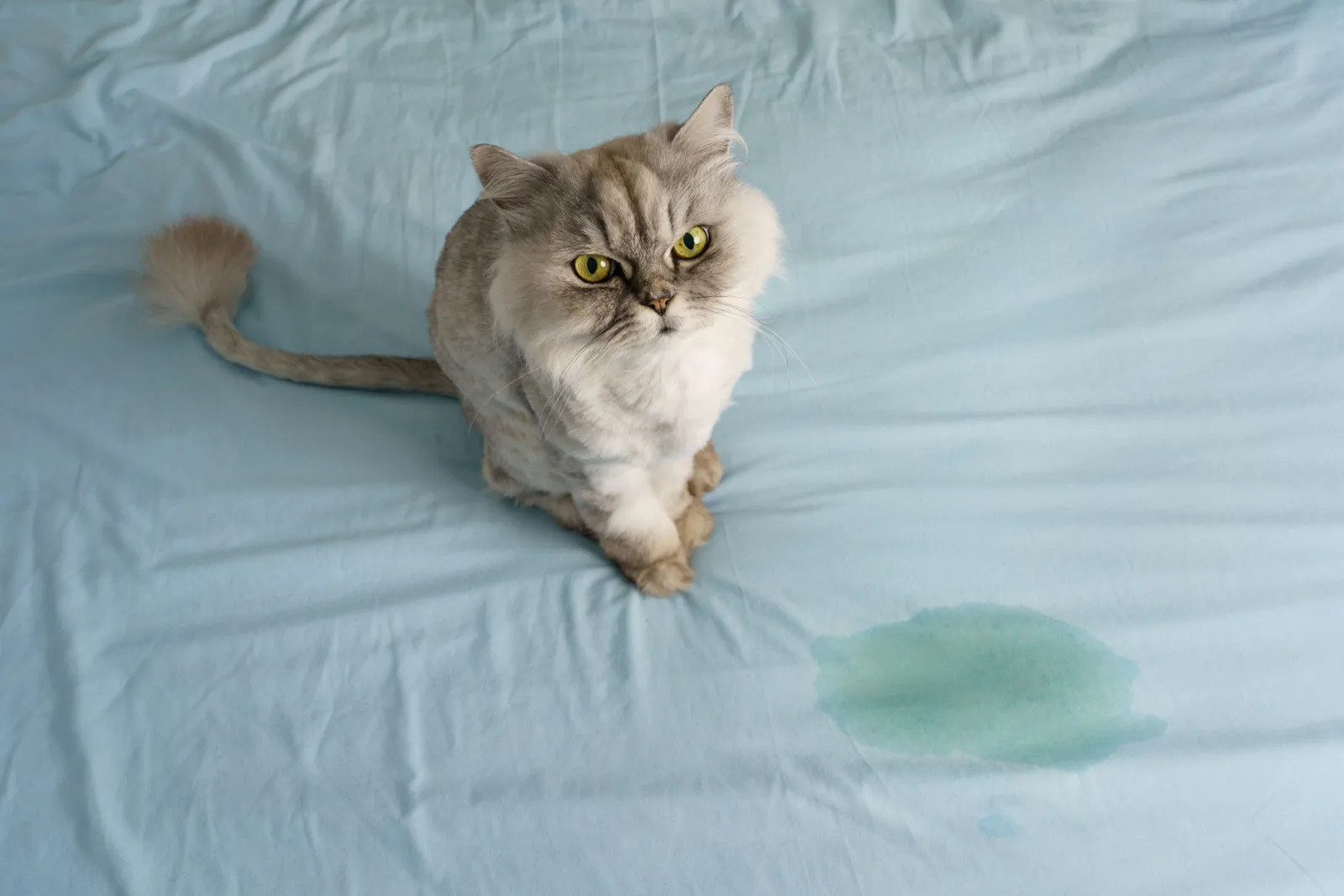
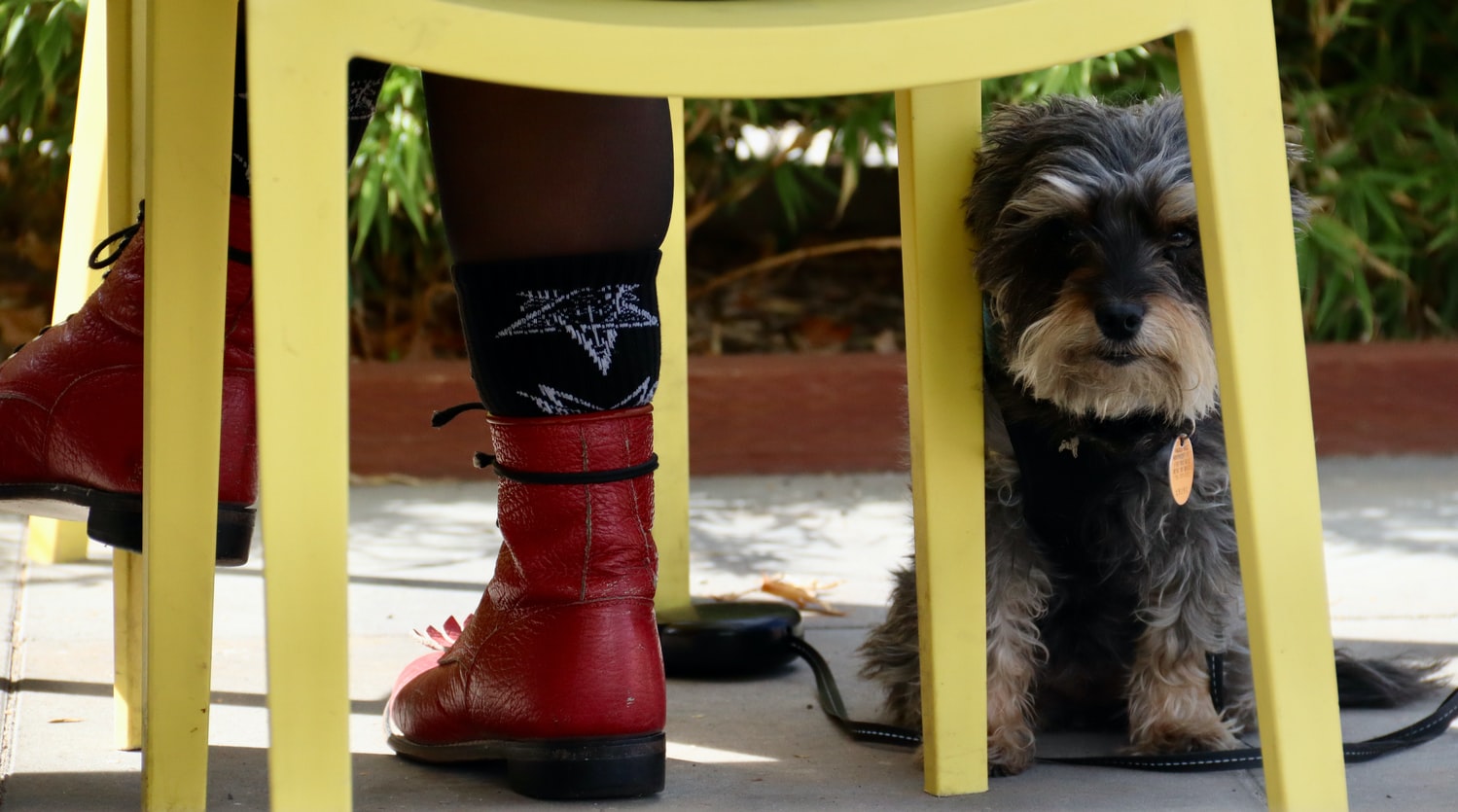
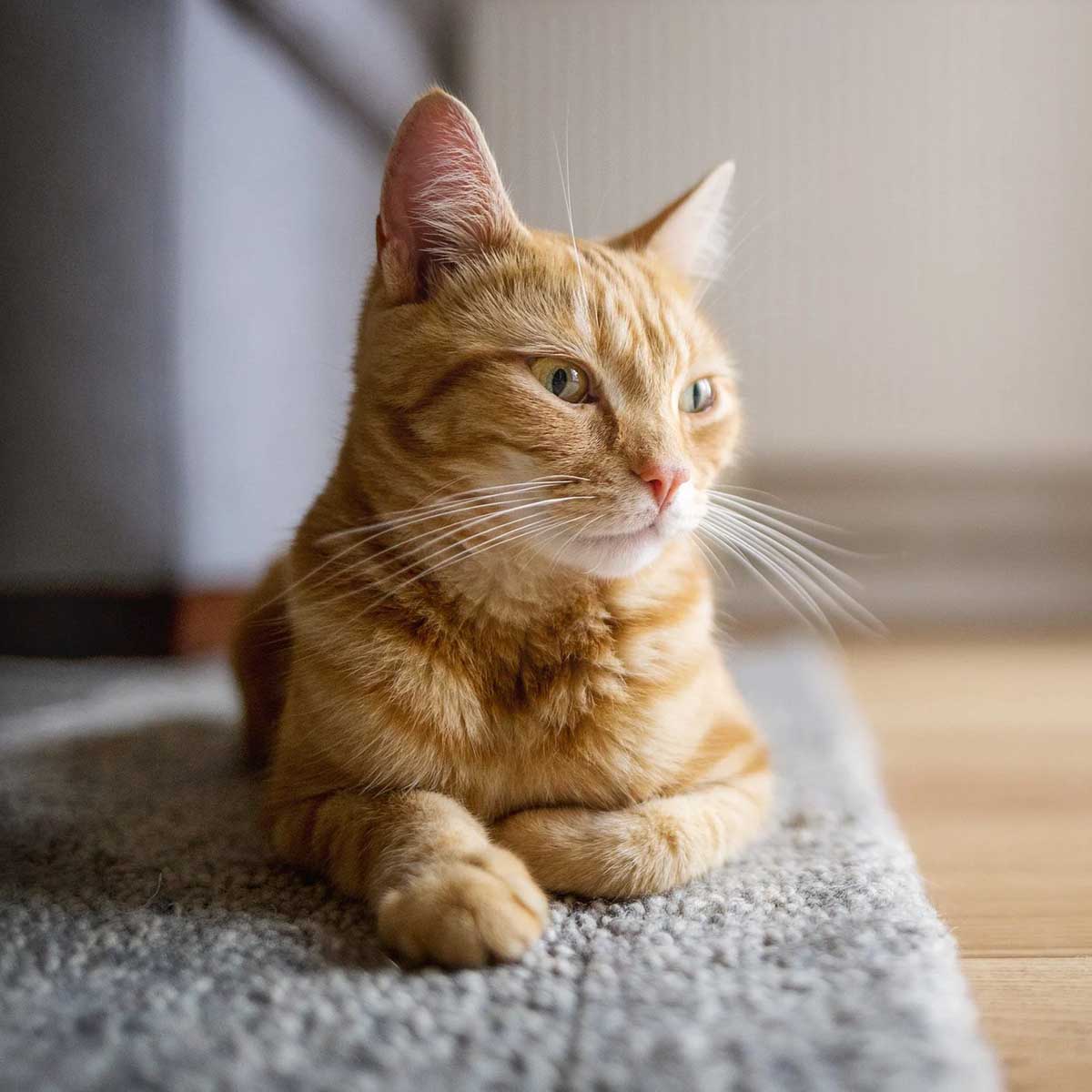
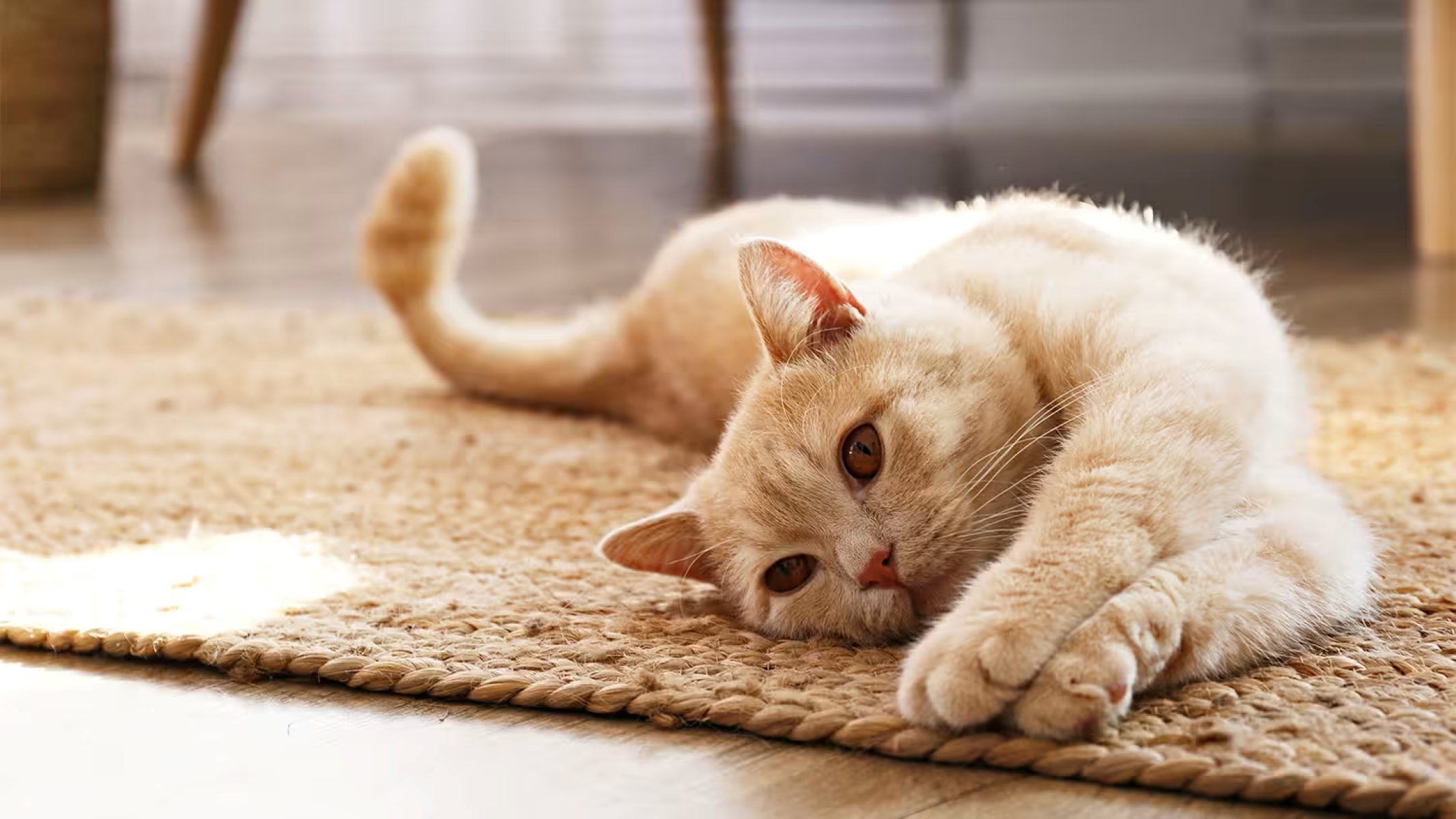
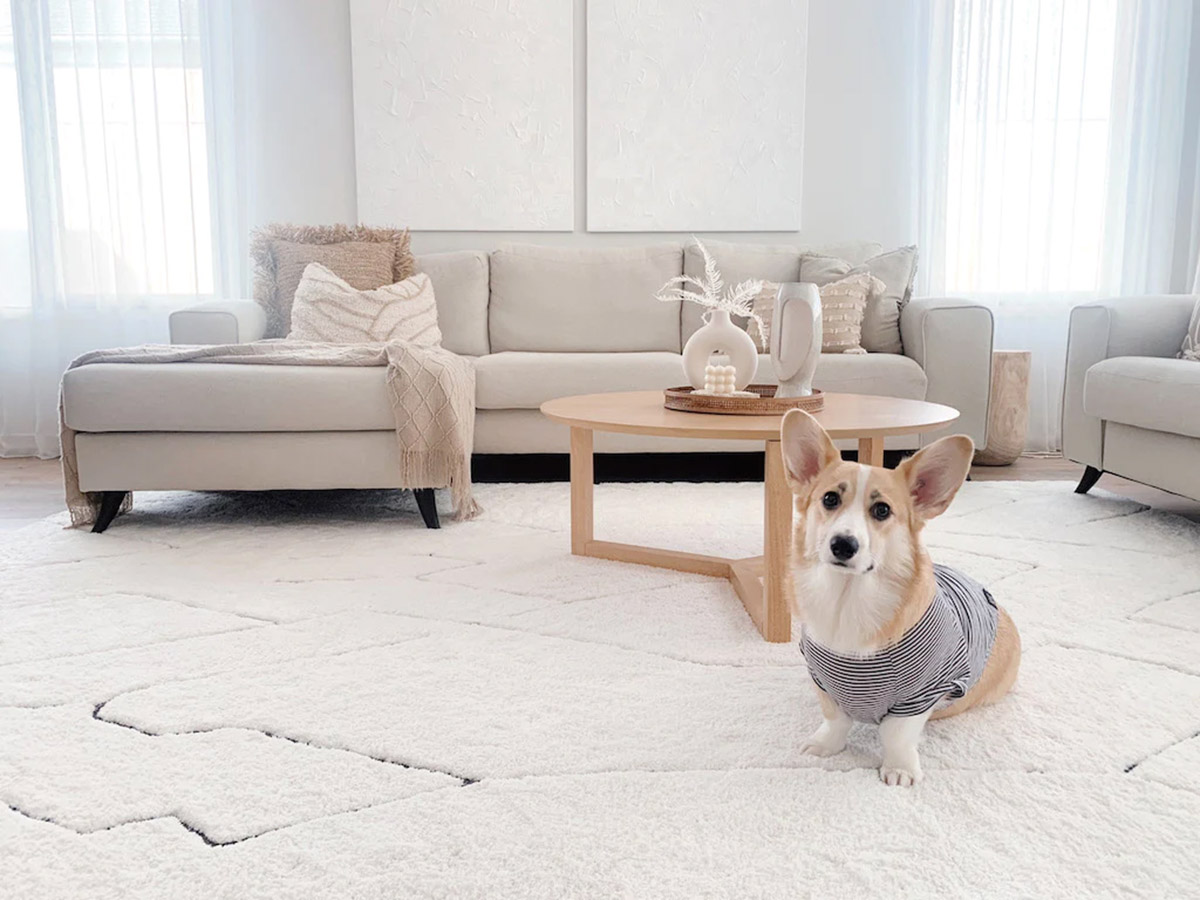
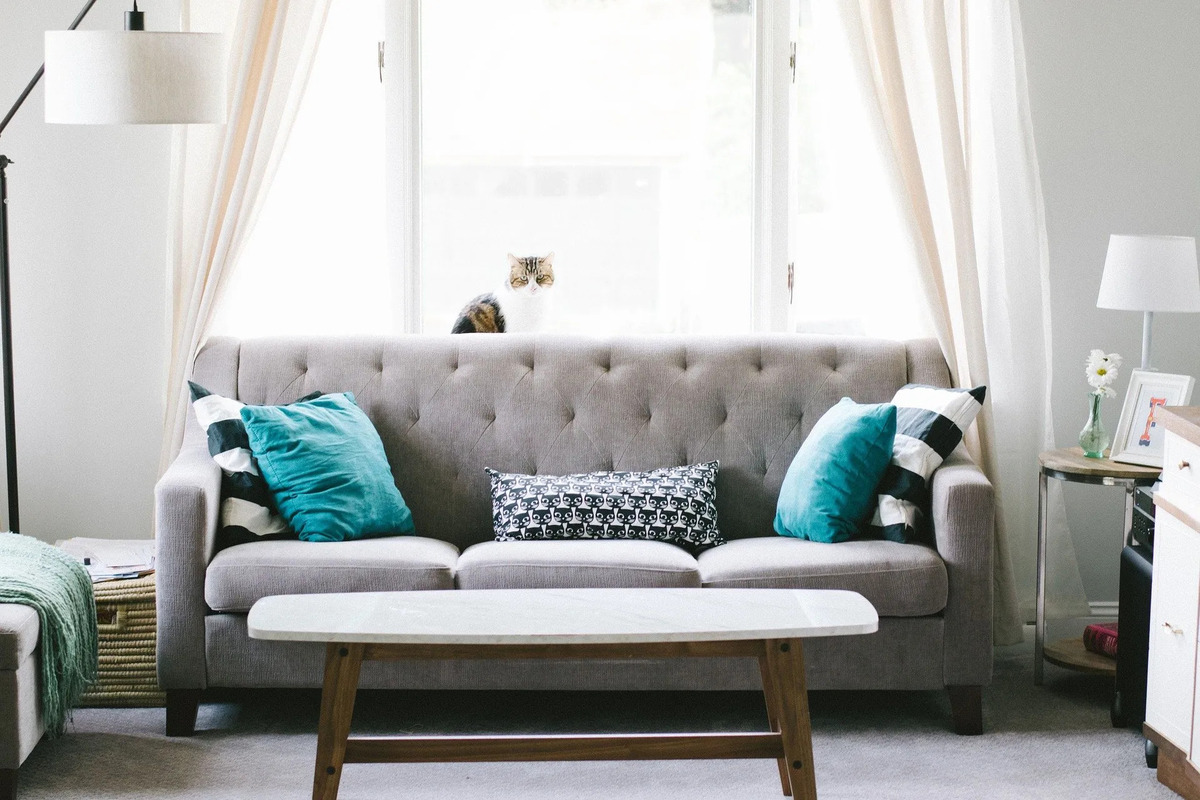
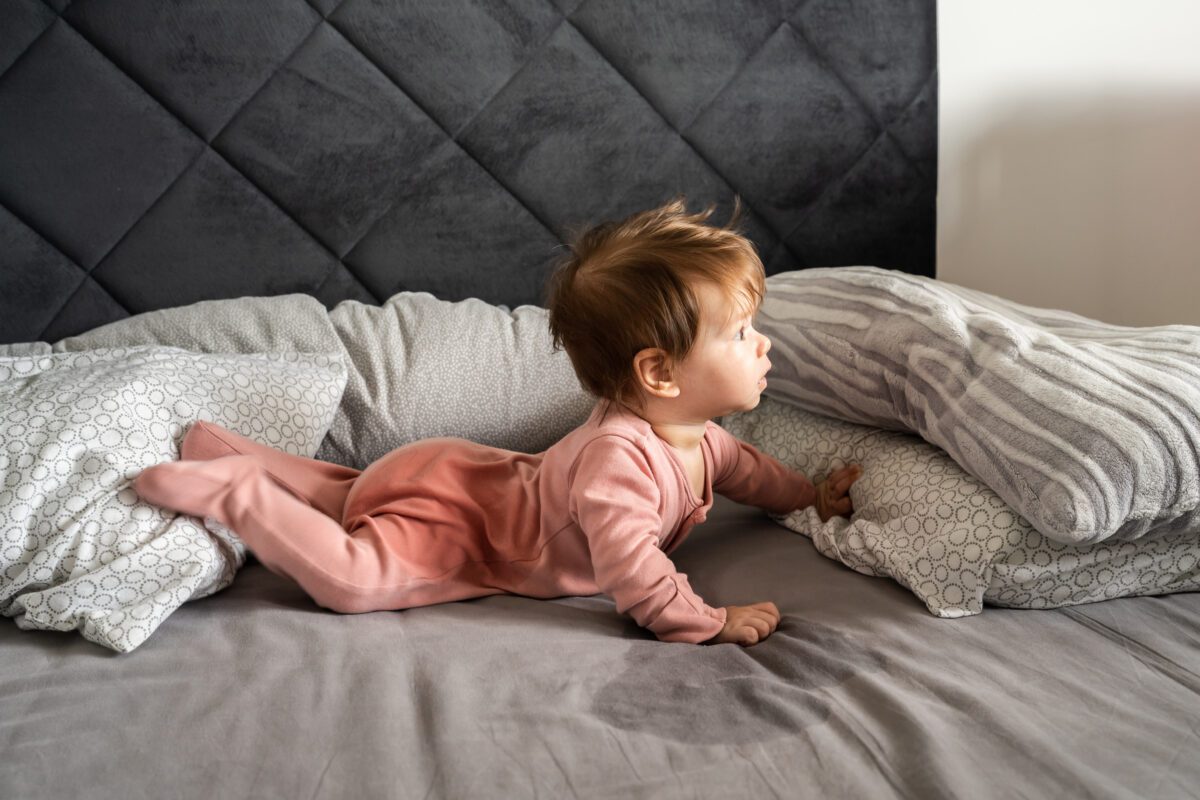
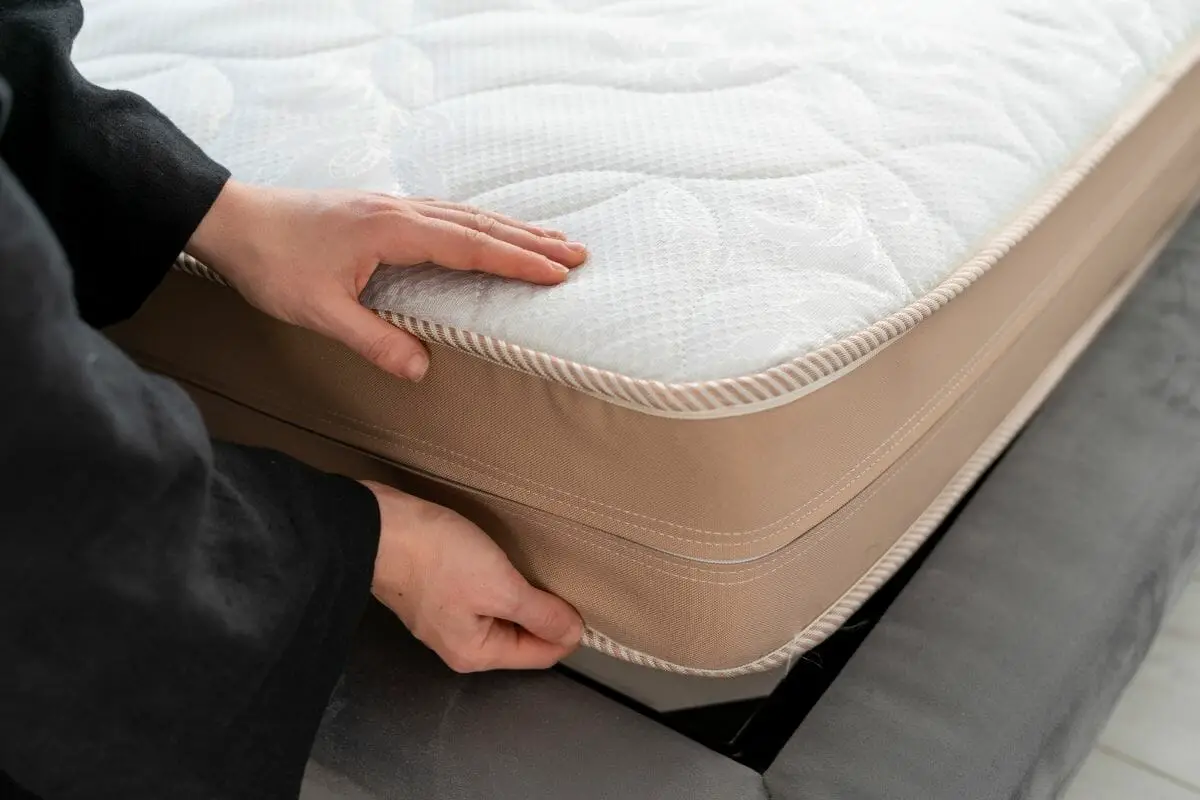
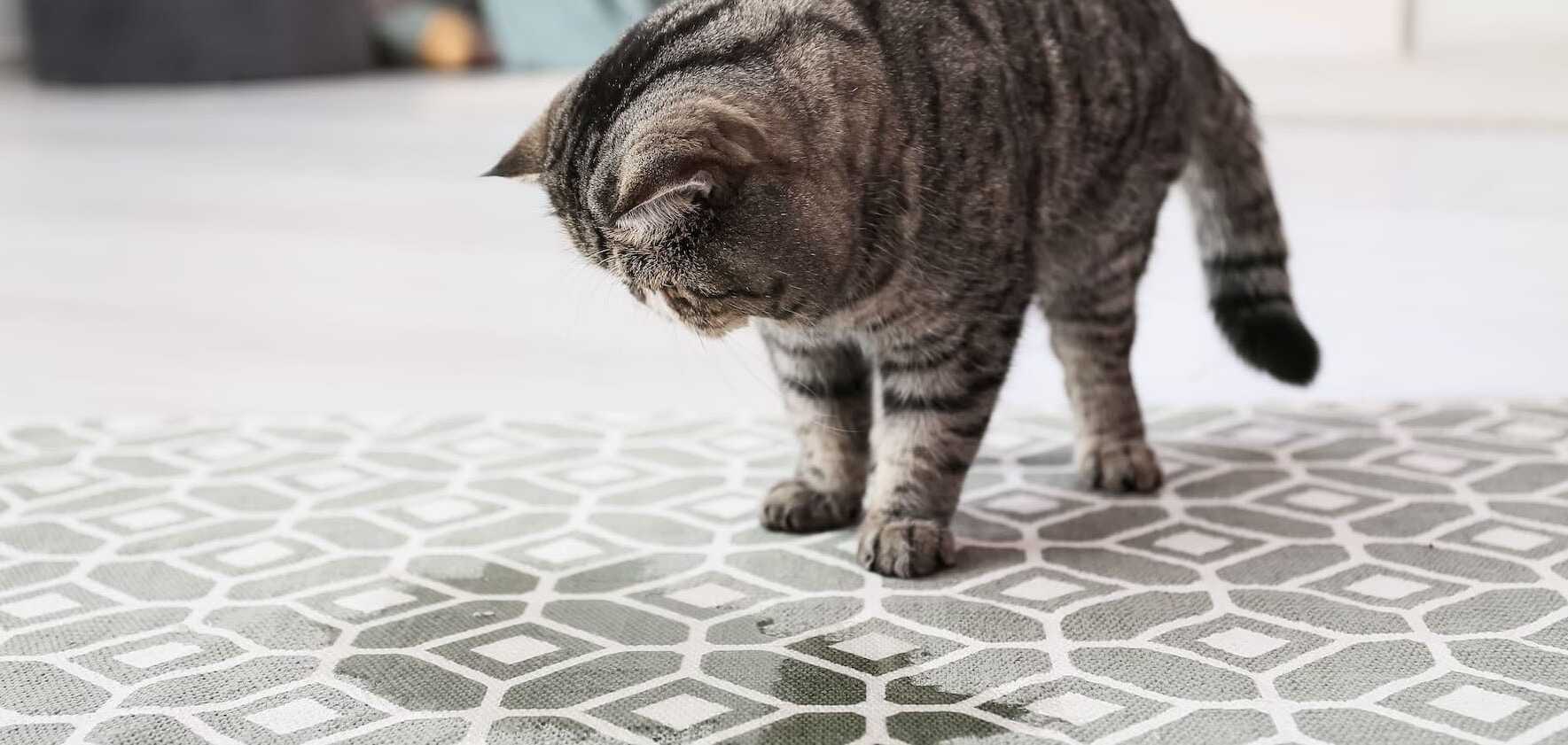


0 thoughts on “How To Stop Dogs From Peeing On Furniture”